What is OLED and do you need an OLED TV? Although you’ve probably heard the term OLED before when looking for a new TV, eyeing up the latest laptops or reading up on the new Nintendo Switch OLED, it can be tricky to define – especially when there are so many other tech-related acronyms to learn.
OLED stands for ‘Organic Light Emitting Diode’. This refers to the type of panel that’s used within an OLED TV. This panel displays all of the things that you can see: colors, images and light.
It’s this OLED panel that makes OLED TVs different to other kinds of TV technologies on the market, including CRT (cathode ray tube), LED (light-emitting diode), LCD (liquid crystal display), or QLED (quantum dot).
In comparison to those types, OLED uses an organic material that's more expensive to produce. Importantly, it also has less of a shelf life too, but many would argue that the benefits it can bring you are well worth it.
That’s because OLED TVs bring you better image quality (that means blacker blacks and brighter whites), along with reduced power consumption, and much faster response times. It’s these super fast response times that make OLED TVs worth considering if you’re on the hunt for a new gaming TV.
Although we don’t think you need to learn what every tech term means, if you’re looking to buy one of the best TVs or any other screen-based gadget, it’s worth learning more about OLED. These days, it’s only Samsung’s QLED panels that offer a rival to this type of tech – while Micro LED still has a way to go before it catches up.
That’s why this guide is an OLED TV explainer, helping you figure out if this TV tech is right for you and separate the facts from the OLED hype.
Don’t have time to read a whole article? Watch our quick OLED explainer video instead:
FAQ
OLED FAQ: quick questions answered
- Is OLED better than LED? They're different. OLED excels in some areas, such as contrast, color accuracy, and black levels – though the low brightness might rub you the wrong way.
- Is OLED better than 4K? OLED TVs tend to have a crisp 4K resolution, but most 4K TVs don't have OLED panels. Pick and choose as you like!
- Is OLED better for my eyes? OLED panels emit around half the amount of blue light than equivalent LCD sets, which should reduce the likelihood of damage to your eyes and stop the evening's programming keeping you up at night. You should get those benefits for OLED smartphones too.
- Why is OLED so expensive? They're expensive and difficult to produce, with a lot of models suffering breakages while on the factory line. (Only the working ones make it to retail, of course.)
- What's the lifespan of an OLED TV? Any OLED TV should last you years of use. Back in 2016 The Korea Times reported that LG OLED TVs had a lifespan of over 100,000 hours (11 years of constant use).
- Should I worry about OLED burn-in? Probably not. Image retention isn't a widespread problem, and most are unlikely to be affected – though we have more information on this below.
OLED explained
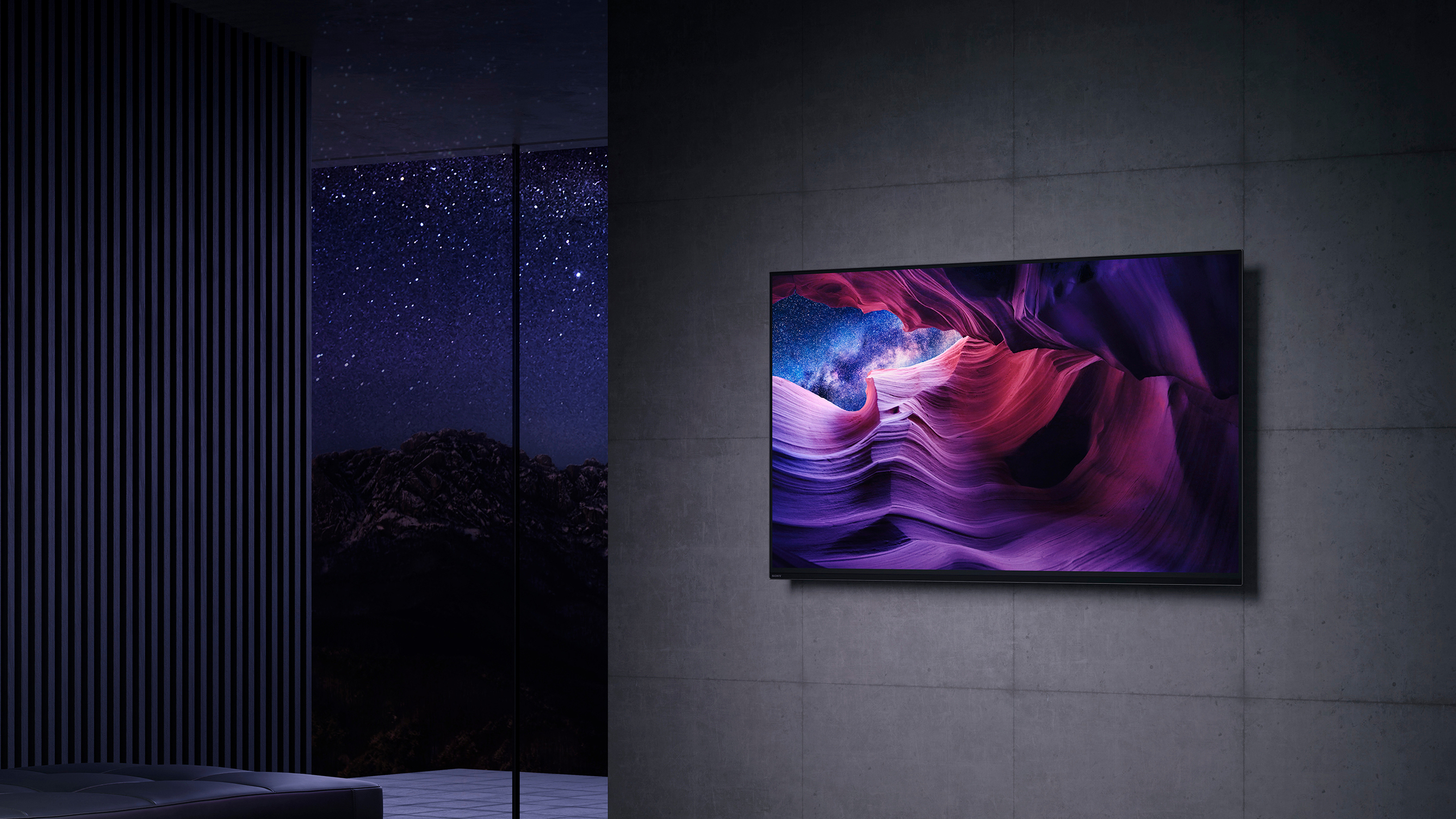
What is OLED?
OLED stands for Organic Light-Emitting Diode, with the 'organic' part referring to the carbon film that sits inside the panel before the glass screen.
OLED panels emit their own light when an electric current is passed through, whereas cells in a LCD-LED display require an external light source, like a giant backlight, for brightness.
This backlight is what separated LCD screens from their LED variants. A traditional LCD screen has a backlight (called a cold-cathode fluorescent light, or CCFL) which is uniform across the entire back of the screen.
This means that whether the image is black or white, it is being lit by exactly the same brightness across the panel. This reduces what we call "hotspots," or areas of super bright light, because the actual light source illuminating them is uniform.
This all started a few years back when engineers at companies like Samsung and Sony introduced an array of LEDs as a backlight, which meant that if a certain part of the screen was black then those LEDs behind that portion could be turned off to make it appear blacker.
This is a better solution than a CCFL backlight, but it still has its problems. Since it's a light behind the LCD producing the illumination rather than the LCD layer itself, the illumination is not entirely in-sync with the pixel in front of it. The result is an effect called 'blooming', whereby LED light from bright portions of the image bleeds over into areas of blackness.
This is what separates OLEDs from LCD/LED displays. In an OLED TV display, the pixels themselves are the things producing the light, and so when they need to be black they are able to turn off completely, rather than relying on a backlight to turn off on their behalf.
Is OLED worth it?

Is OLED worth it?
If you watch an OLED and compare it to your experience with another kind of TV panel, you'll notice the result is remarkably dark blacks in an image, and when you combine this with the bright whites of an OLED panel, you're left with a fantastically vibrant image overall.
LG and Panasonic, the most consistent producers of OLED televisions on the planet, like to use the term "infinite contrast" to describe how the self-lighting pixels switch off completely when reproducing black giving it an "absolute" black color instead of a "relative" black that only describes how dark one pixel can get compared to the brightest pixel on the screen.
For years there was a question mark about longevity of OLED panels, while production lines have been impossible to make profitable due to high failure rates.
But as companies like LG invest billions in development of OLED – with the likes of Philips and Sony joining the fray – its affordability is improving, even if it's still more expensive than competing technologies. Current production issues for LG's most recently-opened TV factory won't be helping that price drop come quicker, either.
The advantages of OLED go beyond simple static image quality, though, to the responsiveness and smoothness of the display itself, meaning gamers and home cinema aficionados are going to absolutely love OLED TV.
OLED panels are capable of a refresh rate of as low as 0.001ms, which for reference, is around 1,000 times faster than a standard LED-backlit LCD panel, while also being superior to the now-discontinued plasma tech, too.
And, because the lighting source they use is so tiny, the depth of screen sizes has shrunk at the same rate. That means OLED TVs have awesomely deep blacks and bright, peak whites, improved color accuracy as well as smooth responsive motion - and all from a form factor that's just a few millimeters in depth and much lighter than standard TVs.
Nintendo Switch OLED
What about the Nintendo Switch OLED?
OLED isn't just a TV technology. It's found in countless premium smartphones, as well as the new Nintendo Switch OLED – a 2021 twist on the beloved gaming console that packs an OLED screen rather than the LCD display used on the existing Switch and Switch Lite.
Its arrival in a revamped Nintendo gaming console is no accident, though. Nintendo's decision to utilize OLED speaks to the tech's ability to deliver premium image quality, and we only expect it to enhance the experience of handheld gaming, just as it's enhanced the viewing experience of countless OLED TVs.
An OLED Switch should make for even more vibrant colors and improved contrast – crucial for the increasingly lavish and detailed graphics of modern games – with the deep blacks associated with OLED panels ensuring stark images in games such as the upcoming Breath of the Wild 2.
Its OLED's self-emissive nature that helps in this regard, ensuring that 'off' pixels are actually off, creating a real black rather than a semi-convincing gray. This also means the level of contrast between bright and dark areas of the screen is massive, even 'infinite'.
It's telling that Nintendo has opted for OLED for a premium step-up model of its console, even increasing the size of the screen so that you can better appreciate the new Switch's self-emissive pixels.
Those pixels can also instantaneously switch between states, meaning that response times are very fast – ideal for responsive play, or for getting the edge in competitive gaming.
Read more: Nintendo Switch OLED release date, price, and specs
What OLED TVs are there?
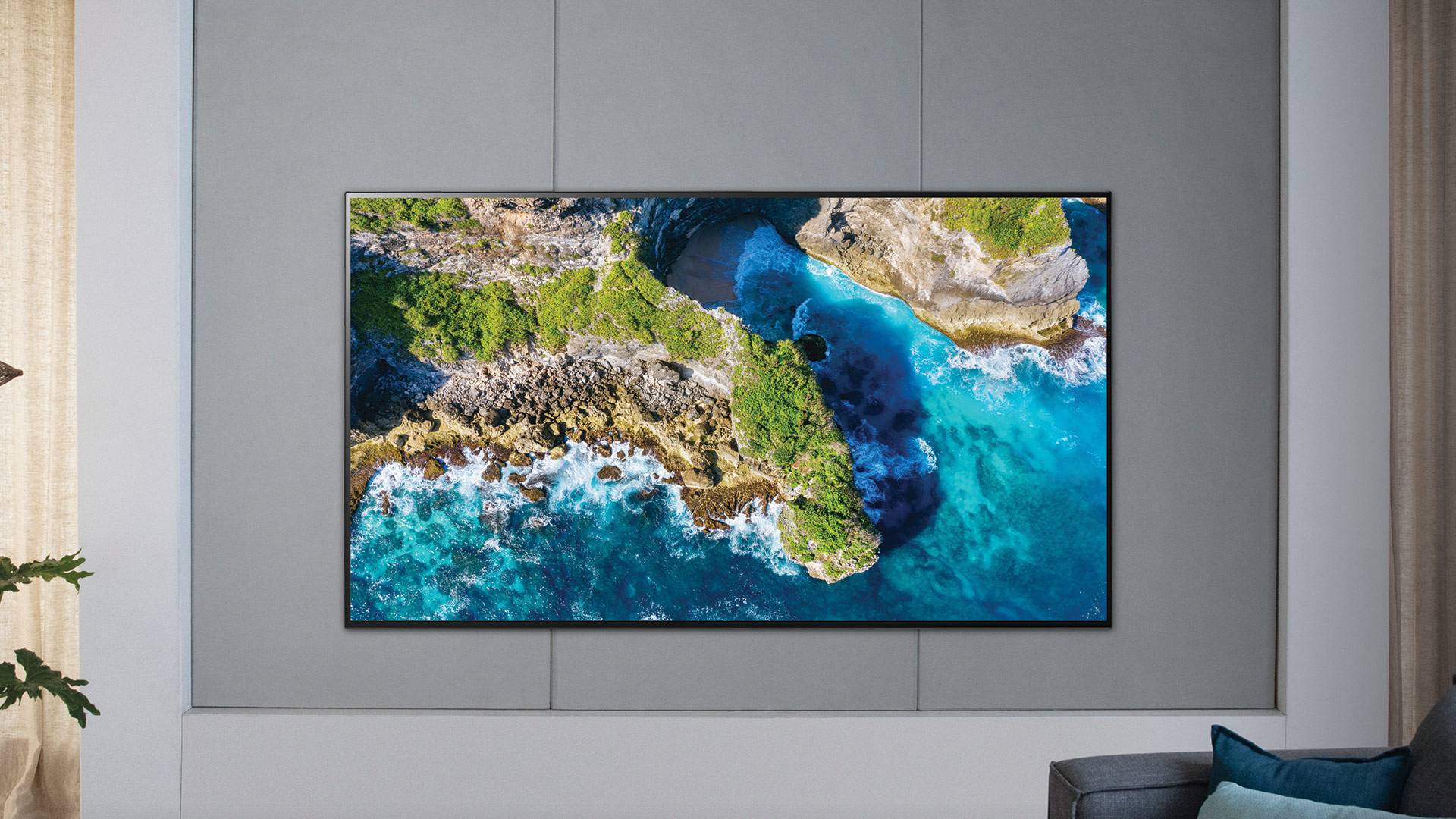
OLED: which OLED TVs are out now?
OLED TVs have been on the market since 2012, and a range of manufacturers have tackled the technology over the years. It used to be the case that OLEDs were produced by just Samsung and LG.
However, Samsung dropped the technology over its cost and how difficult it was to produce, and has no intention of restarting production any time soon. Back in 2020, Hisense ditched its OLED focus too.
LG, on the other hand, has been releasing OLED sets consistently over the past few years. The 2021 LG TV line-up has been strong so far this year. The LG Z1 8K OLED launched, one of very few televisions that meld 8K resolution with the benefits of an OLED panel. Although it’s eye-wateringly expensive.
The Gallery Series OLED has a successor with the LG G1 Gallery OLED TV and the successor to last year’s popular CX OLED is the LG C1 OLED TV. There’s also a budget OLED TV series on offer, the A1 OLED, as well as many others.
LG has also expanded its range of TV sizes, with an 83-inch size set to come to every new OLED 4K TV LG is releasing in 2021. We heard directly from LG Display itself that an even smaller 42-inch size is on its way for 2021 too.
If you're not big into LG TVs, there are plenty more OLED TVs from other brands available to buy now too. The Panasonic 2021 TV line-up includes the Panasonic JZ2000, Panasonic’s flagship TV for the year. The JZ1500 is a step-down OLED TV, though one that still makes use of the custom 'Master HDR OLED' panel usually reserved for Panasonic's flagship. There's also the more affordable, mid-spec Panasonic JZ980.
Although it's not just the biggest brands that have OLED offerings. For example, the Vizio OLED 4K TV isn't a perfect TV, but it's affordable and offers stunning 4K HDR pictures, as well as Dolby Vision and HDR10+ support.
For more of the latest and greatest OLED TVs, head to our best OLED TVs guide to see the top models we've had the pleasure of reviewing on the site – or our OLED TV deals page for the cheapest sets going right now.
OLED prices
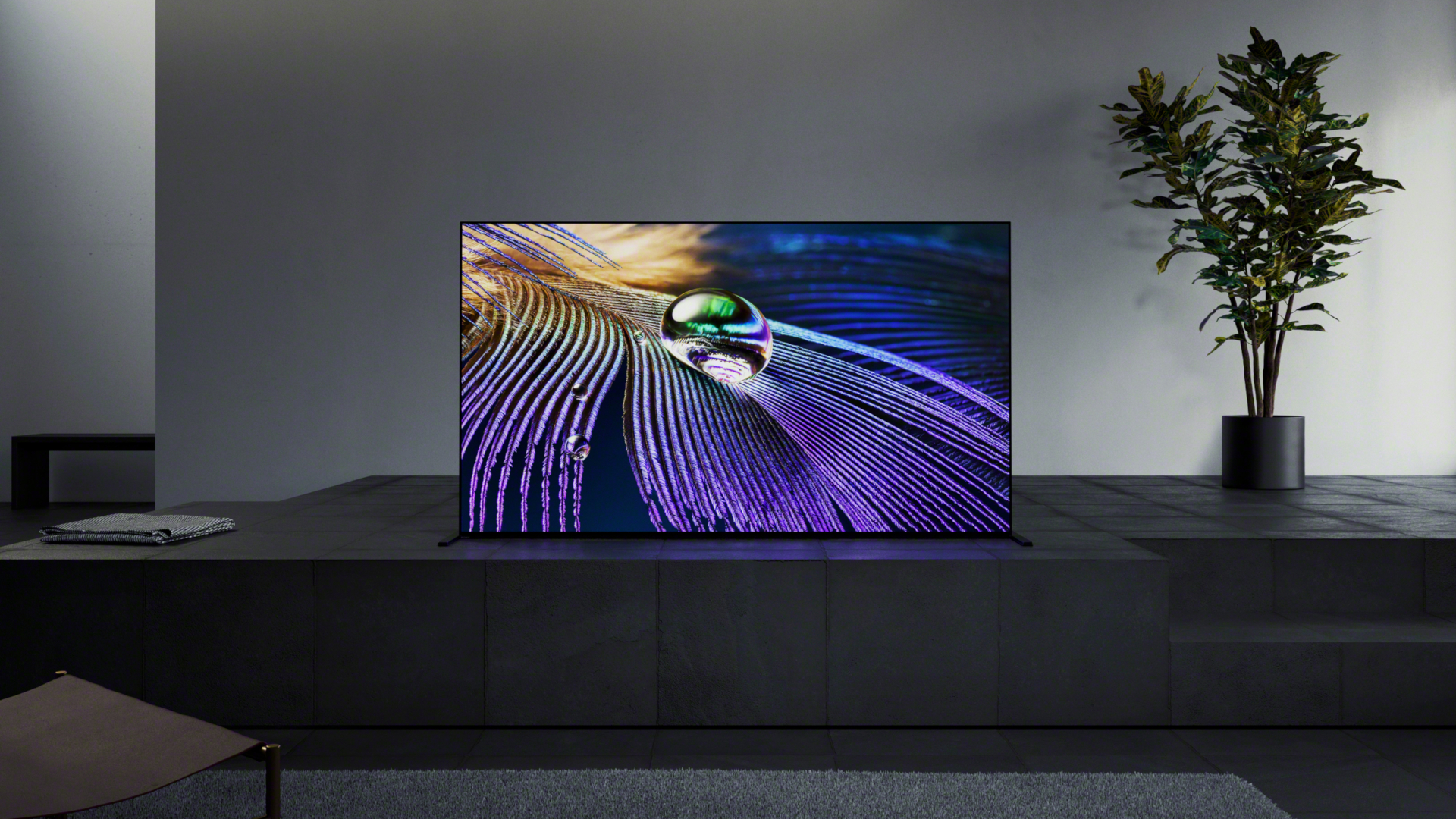
OLED: how much does it cost?
OLED TVs are definitely getting cheaper, but they're still a long way from what we'd call affordable. The prices of new LG TVs start at $1,399 / £1,099 / AU$2,130 (that's the LG A1 OLED's price tag, specifically). Those made by Panasonic and Sony are usually more expensive still, but we are seeing cheaper competitors enter the market, like the Vizio OLED 4K TV, which starts at $1,299.99 for the 55-inch model.
The scarcity of OLED TVs on the market has meant that those small number of players in the market are more or less free to charge exactly what they want. An increase in competition, though, is helping to change that, as is the introduction of a new 48-inch OLED size and a scaling up of production helping to drop the cost of budget OLED TVs.
Occasionally a year-old model will now drop to three-figure sums, though, with the Vizio H1 OLED selling for $899 in flash sales, or the Philips 754 going for £999 in the UK – and we're definitely at something of a tipping point. The arrival of 42-inch OLEDs down the line would certainly help matters too.
It's definitely worth keeping an eye out for end-of-year sales. Black Friday and Cyber Monday usually have numerous good deals on OLED TVs – and given their usually high starting price, you can often get hundreds discounted at the right time. Cheaper OLEDs, though can still see notable price cuts that bring them more within reach of mid-range buyers.
You're going to see a price premium on most OLED display gadgets other than TVs, too. The new Nintendo Switch OLED costs $349.99 / £309.99 / AU$539, which is a notable uptick from the $299.99 / £279.99 / AU$449 price tag of the mainline LCD model.
- Check out the latest OLED TV prices and deals for more details
OLED burn-in
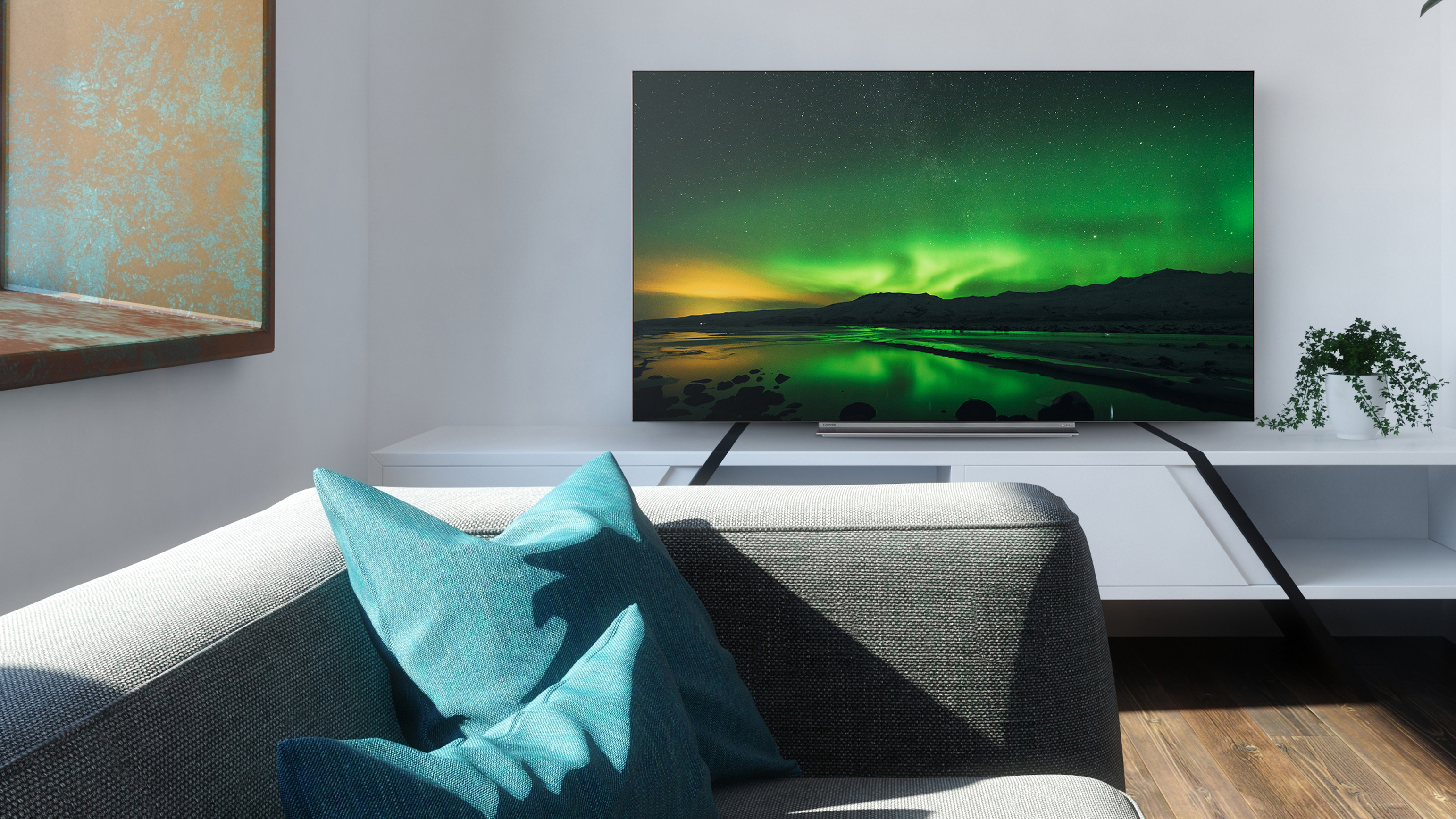
OLED burn-in: do I need to worry?
What is OLED burn-in? Burn in, or image retention, is when an image or sequence is played so often and continuously on a television set that it leaves a permanent mark on the panel – obviously not ideal for a home television.
You don't particularly need to worry, as it largely happens only when displaying a static image or sequence on repeat, as with a display unit in a showroom or retail store. You should get several years warranty, anyhow, and we don't see many home cinema fans using their OLED TV in this way.
TV makers like LG are also working to limit the risk of this, with screen saver features, a Screen Shift function that "moves the screen slightly at regular intervals to preserve image quality", and "Logo Luminance Adjustment, which can detect static logos on the screen and reduce brightness to help decrease permanent image retention" (via LG.com).
But if you're planning on leaving your TV for countless hours at a time – say, to parent the children in your absence, or to play the same looping video over and over – then OLED may not be the right panel technology for you.
What's next?
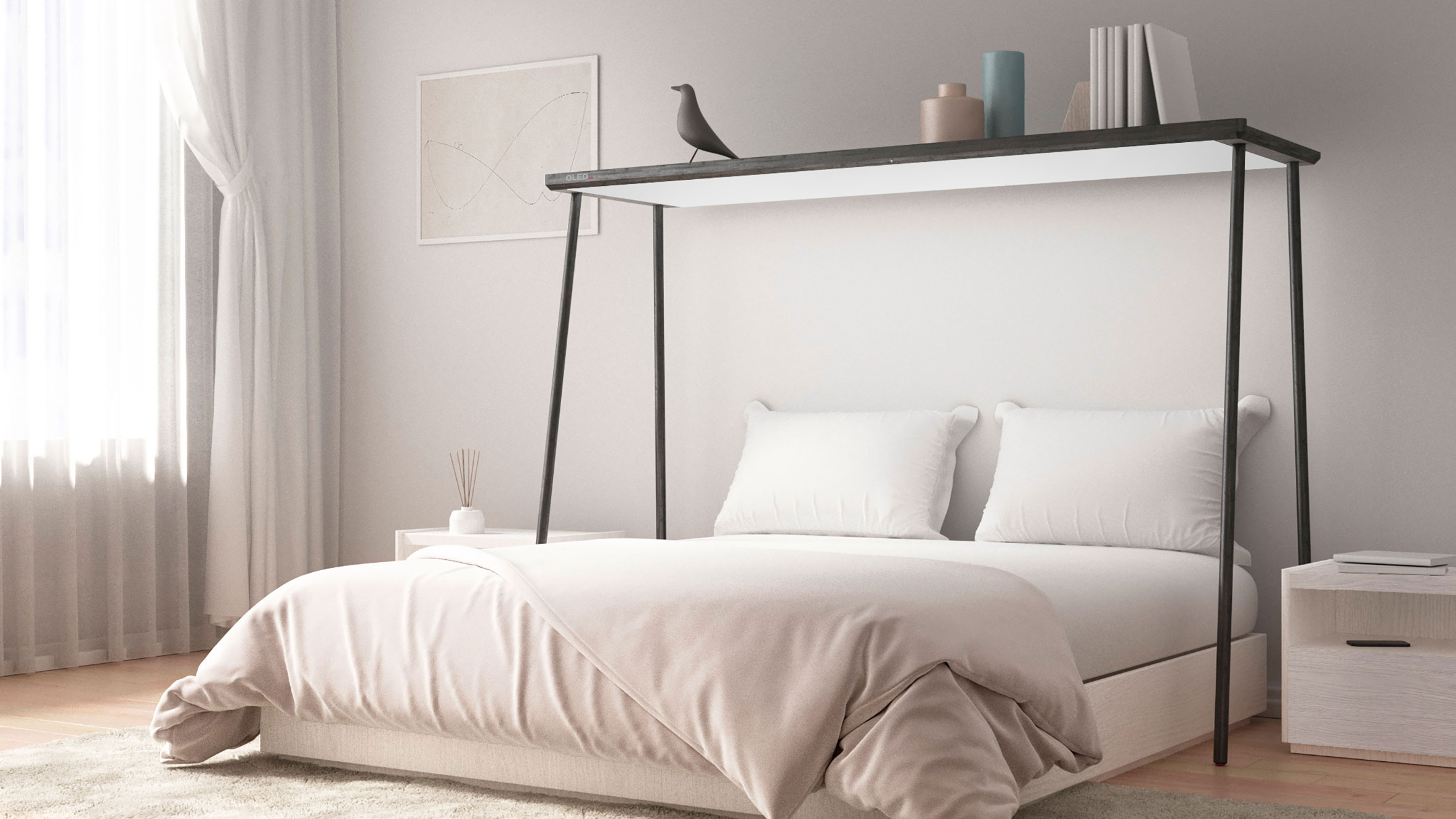
What's the future for OLED?
OLED is an expensive panel technology that has finally managed to gain traction – after spending so long as an outlier that we wrote an opinion piece in 2014 about how the technology might be dead.
Obviously that didn't turn out to be the case. In fact, market analysts are predicting 2021 will be the year of the OLED, with shipments of OLED screens meant to increase by 80% from 2020 (via LG).
We've seen plenty of stunning OLED models hit the market this year alone. Although price points are still taking an age to drop within reach of regular consumers.
But just because OLED isn't affordable yet doesn't mean it's not getting better. Even at the bottom end, a $1,200 / £1,200 price tag isn't what we'd consider budget, but it's a great deal cheaper than what OLED was retailing for even just a year ago.
That trend is always going to be good news for the consumer, though manufacturers may have other things in mind.
LG's rollable OLED – which unfurls out of a box, either on the floor or ceiling – has now released in South Korea, with a wider release seeming likely in 2021. New form factors like these, including even transparent panels, are forever in the works, though not all of these experimental ideas end up making it to market.
There are also prototype OLED TV designs out there that have thinner, scroll-like form factors, or can be installed at the foot of a bed.
Samsung is one of several TV makers looking to develop what's called QD-OLED: a new type of OLED panel that uses quantum dot emitters to improve brightness. The tech is very much in development, but when it arrives, it could meld the competing QLED and OLED technologies and render previous methods of production obsolete.
Many companies and researchers are also actively working to make OLED even better and brighter. OLED TVs are notorious for their dim output, but there's promising news from researchers at the University of Michigan.
A team has developed a new electrode that can 'liberate' 20% more light from respective screens at the same time as increasing energy efficiency and improving the battery life of OLED displays. Right now this only applies to portable displays – smartphones and the like – but it's a good step for TVs too.
- Plasma vs OLED: how have televisions improved?
Original reporting in this article was by Jamie Carter.
No comments:
Post a Comment